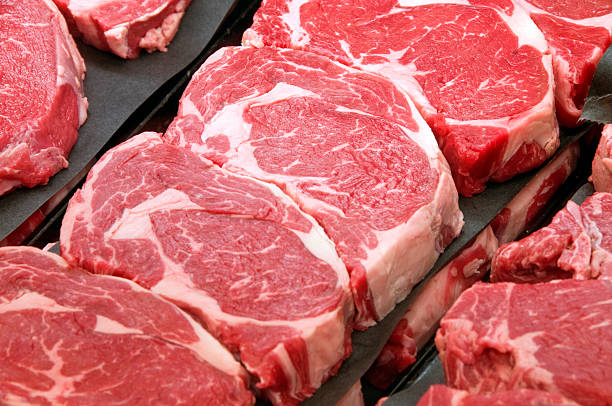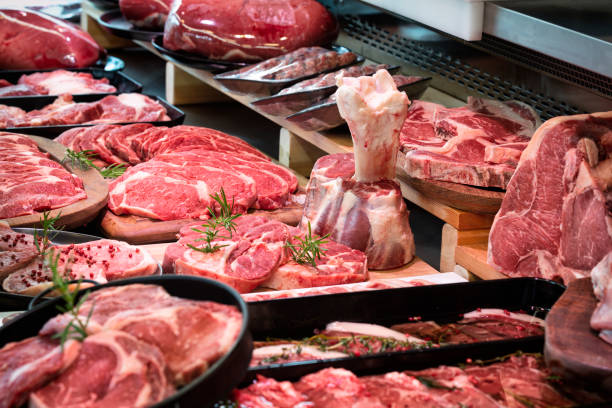Beef is a popular source of protein, iron, and other essential nutrients, and it can be a tasty addition to any meal. However, if you’re trying to watch your calorie intake or manage your weight, it’s important to know how many calories are in different types of beef. In this article, we’ll take a look at the calorie content of various cuts of beef, as well as ways to reduce the calorie content of your beef dishes.
First, let’s talk about the basics of calories and how they relate to weight management. Calories are a unit of energy that are found in the foods we eat. When we consume more calories than our bodies need for energy, the excess calories are stored as fat. On the other hand, if we burn more calories than we consume, our bodies will tap into stored fat for energy, leading to weight loss.
Now, let’s look at the calorie content of various cuts of beef. These numbers are based on a 3.5-ounce (100-gram) serving of cooked beef, which is about the size of a deck of cards.
Ground beef (85% lean): 240 calories
Ground beef (90% lean): 210 calories
Ground beef (95% lean): 170 calories
Chuck roast: 300 calories
Ribeye steak: 290 calories
Sirloin steak: 220 calories
Tenderloin steak: 210 calories
Top round roast: 210 calories
As you can see, the calorie content of beef can vary significantly based on the cut and the amount of fat it contains. In general, cuts of beef that come from the muscle that gets more exercise, such as the chuck or round, tend to be tougher but also leaner, with fewer calories. Cuts that come from muscles that get less exercise, such as the ribeye or sirloin, are tenderer but also have more fat and calories.
It’s worth noting that these are just rough estimates, and the actual calorie content of beef can vary depending on factors such as the age of the animal, the feed it received, and how it was cooked. For example, grilling or broiling beef can help reduce the amount of fat, while frying or cooking it in rich sauces can add more calories.
So, how can you reduce the calorie content of your beef dishes? Here are a few tips:
Choose lean cuts of beef: As mentioned earlier, cuts of beef that are leaner tend to have fewer calories. Ground beef with a higher percentage of lean meat, such as 90% or 95%, is a good choice. Other lean cuts include top round roast, top sirloin, and tenderloin.
Trim the fat: Even if you choose a lean cut of beef, it may still have some visible fat on it. Trimming this fat before cooking can help reduce the calorie content of your dish.
Watch your portion sizes: It’s easy to eat more beef than you need, especially if it’s served as part of a large meal. Pay attention to portion sizes and aim for 3-4 ounces (85-113 grams) of cooked beef per serving.
Add vegetables: Beef dishes don’t have to be all about the meat. Adding plenty of vegetables can help bulk up the dish and reduce the calorie content. Grilled or roasted vegetables are a delicious and healthy way to do this.
Choose healthier cooking methods: As mentioned earlier, cooking methods can have a big impact on the calorie content of beef dishes. Grilling, broiling, and roasting are all good options that can help reduce the amount of fat in the dish.
It’s also worth noting that beef is a good source of several important nutrients, including protein, iron, and zinc. These nutrients are essential for maintaining good health and can help support muscle growth and repair, as well as immune function.
In conclusion, the calorie content of beef can vary based on the cut of meat, the fat content, the cooking method, and any added ingredients. To incorporate beef into a healthy diet, choose lean cuts, trim any visible fat, and cook using healthier methods. Don’t forget to balance your beef intake with plenty of fruits, vegetables, and other nutrient-dense foods.

 Home
Home Health
Health Diet & Nutrition
Diet & Nutrition Living Well
Living Well More
More












